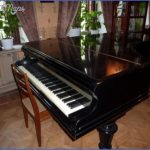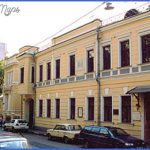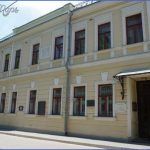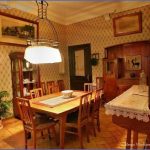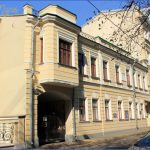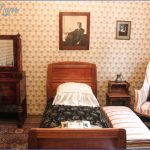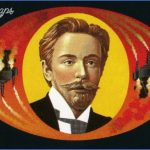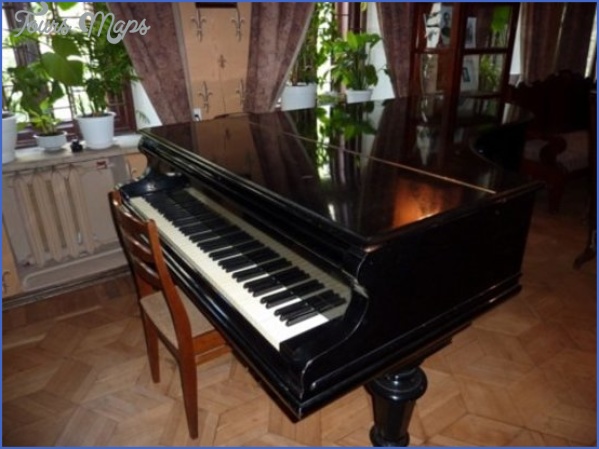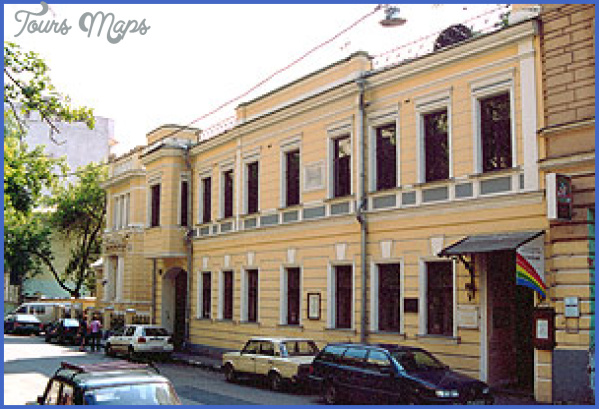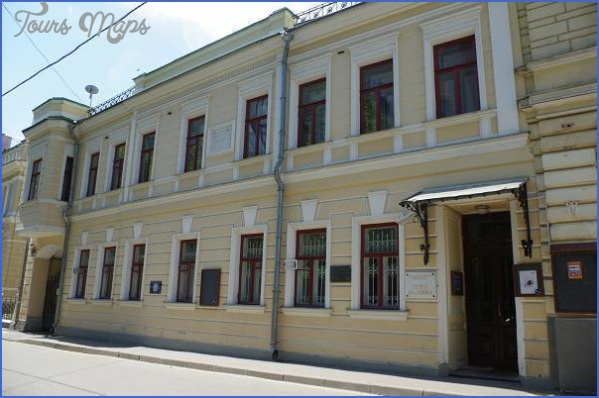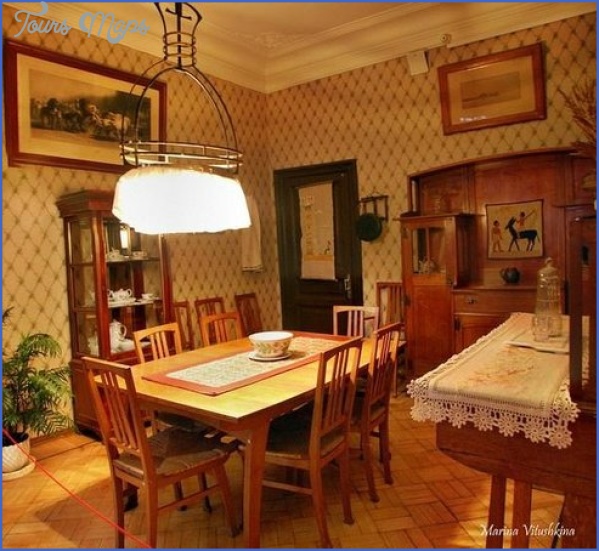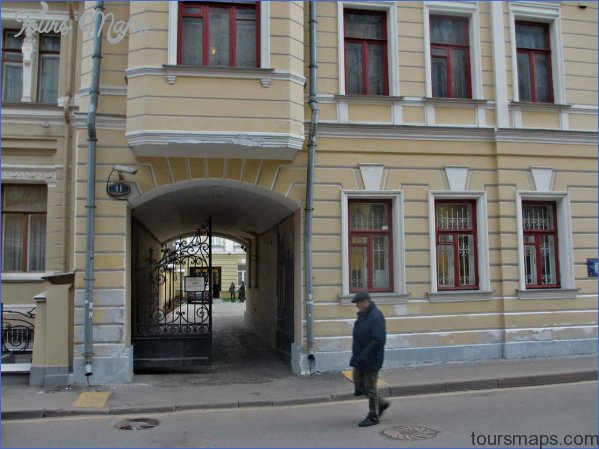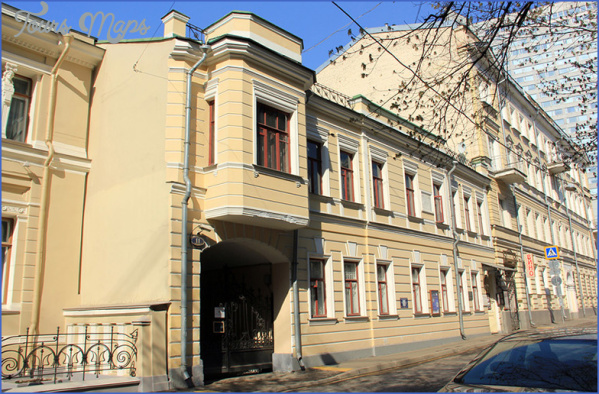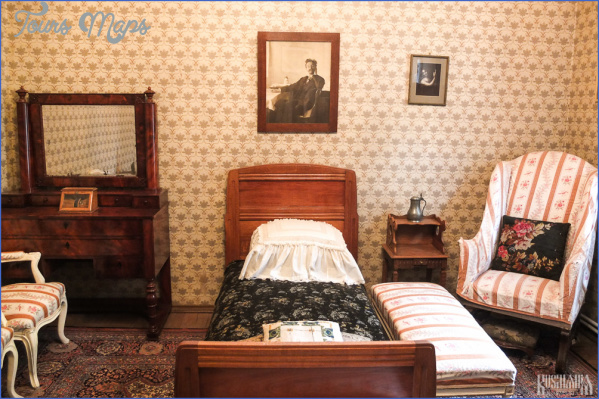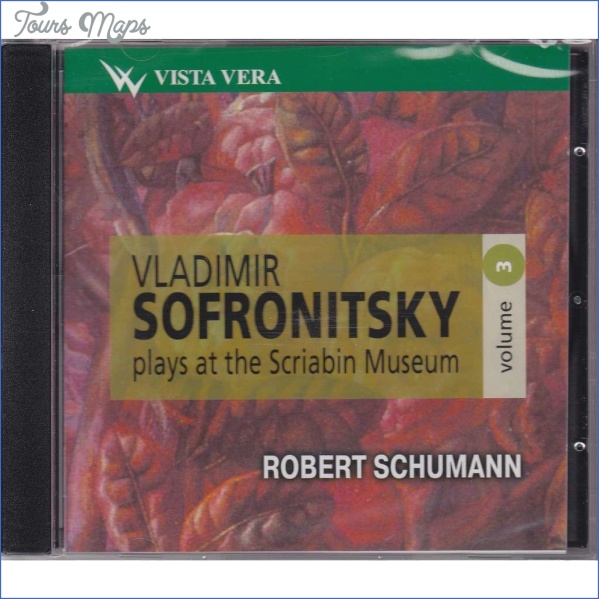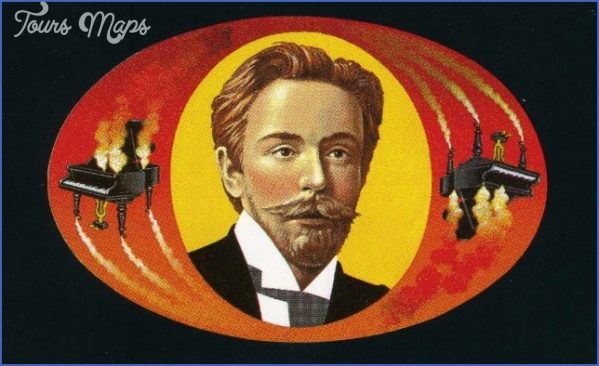SKRYABIN MUSEUM
Aleksandr Skryabin was a native Muscovite, and although he travelled widely as a concert pianist and lived abroad for many years – in Italy, France, Switzerland and Belgium – he always returned to Moscow, to family and friends. He was born there on Christmas Day (25 December 1871/6 January 1872), studied and taught at the Moscow Conservatory and died there on 14 April 1915. In April 1912 he and his family moved into the freshly renovated first floor of a century-old building in Bolshoy Nikolopeskovskiy. By then he was established as both concert pianist and composer; his piano music circulated in published editions and his visionary tone poems, The Poem of Ecstasy (1908) and Prometheus (1910), had been performed as far away as New York and were well received. Intensely interested in philosophy and mysticism, he was at work on his Mysterium (intended for performance in an Indian temple) when he died.
Thanks to the efforts of his widow, Tatyana Schloezer, and his aunt, Lyubov Skryabina, who had raised him after the death of his mother, the house was kept just as he had known it. In 1922 it became a state museum and an important centre for research on Skryabin through the family collection of manuscripts, correspondence and iconography. His daughter Maria (one of the four children of his first marriage to the pianist Vera Isaakovich) served as a member of the museum staff; in the early days, she and her sister Yelena were often present at the evening concerts, which are still given in the ground-floor recital room.
The intention to keep the flat very much as it was in 1915 still endures, to great effect. Visitors are guided through the house. The commentary continually hints at the mystical significance of this and that (for example, the ‘mystic quality’ of his telephone number: 23630). Whatever the room, Skryabin’s armchairs always face away from the windows. The lights are turned low when the stereo is turned on. There isn’t a label to be seen.
SKRYABIN MUSEUM Photo Gallery
Skryabin’s study, decorated in soft golds and browns, dominates the flat; his Bechstein grand piano, presented to him by the firm in 1912, dominates the room. The Art Nouveau furniture was bought in Brussels in 1912 and includes an unusually designed writing desk, a tall bureau for composing (like many composers, Skryabin preferred to stand when he worked) and a bentwood rocker. On the wall is a portrait of his mother, painted in 1871 by her brother, Nikolay Shchetinin, and religious pictures by Nikolay Shperling, along with photographs of family and friends. The bookcase is full of works on philosophy, ethics, aesthetics and natural sciences, along with collections of poetry.
All of this sets the stage for the piece de resistance, the famous colour keyboard built for him by the physicist Alexander Mosr in response to his passion for the relationships he perceived between colours and sounds. It featured in the early performances of Prometheus and has been imitated many times since.
Lying on the desk, rather unprepossessingly, it hardly seems what it is – 12 coloured lamps supported by a wooden base, arranged to correspond with Skryabin’s vision in colour of the harmonic circle of fifths. More than any other single item in the house, it serves to illuminate the moment in time inhabited by Skryabin. But there is perhaps a faintly disappointing want of magic about 12 bulbs mounted on a piece of wood.
The adjoining drawing-room, in muted blue and green, is where the Skryabins entertained. There is a card table with triangular folding sides, a chess set (a favourite pastime), his phonola with rolls, and another piano, a Becker grand given to Skryabin in 1895 by his publisher and patron, Mitrofan Belyayev. More personal are the casts of his hands, the bust by Serafim Sudbinin commissioned by Serge Koussevitzky in 1908 and Boris Kustodiyev’s drawing of Skryabin’s last public recital, at St Petersburg Conservatory on 2 April 1915.
The dining-room reflects the eclecticism of the Skryabins: an Indian gong, a Faberge vase (presented to him by Moscow friends at the local premiere in 1909 of The Poem of Ecstasy) and the dried flowers he gathered the summer before his death reside amid more furniture from Brussels and appliqued curtains. On the wall are sketches of Skryabin playing the piano (1909) by his friend Leonid Pasternak, and more paintings by his uncle.
A long corridor leads to a bedroom where his elegant tailcoat and mono-grammed top hat are kept. Here too is the bed in which he died following operations intended to stem septicaemia. Skryabin is buried in the musicians’ section of the Novodyevichi Cemetery in Moscow.
Maybe You Like Them Too
- Explore Doncaster, United Kingdom with this detailed map
- Explore Arroyito, Argentina with this Detailed Map
- Explore Belin, Romania with this detailed map
- Explore Almudévar, Spain with this detailed map
- Explore Aguarón, Spain with this detailed map

